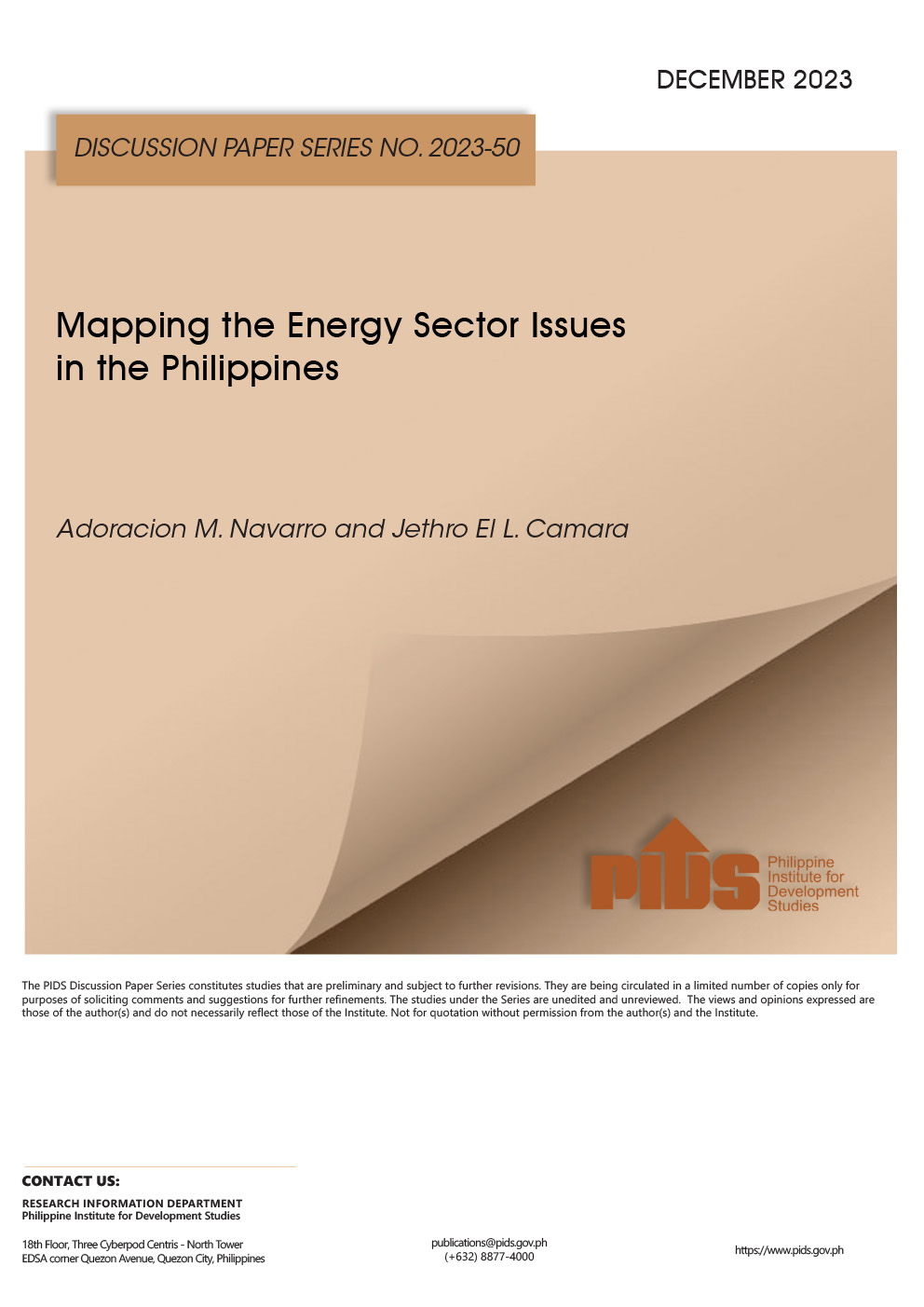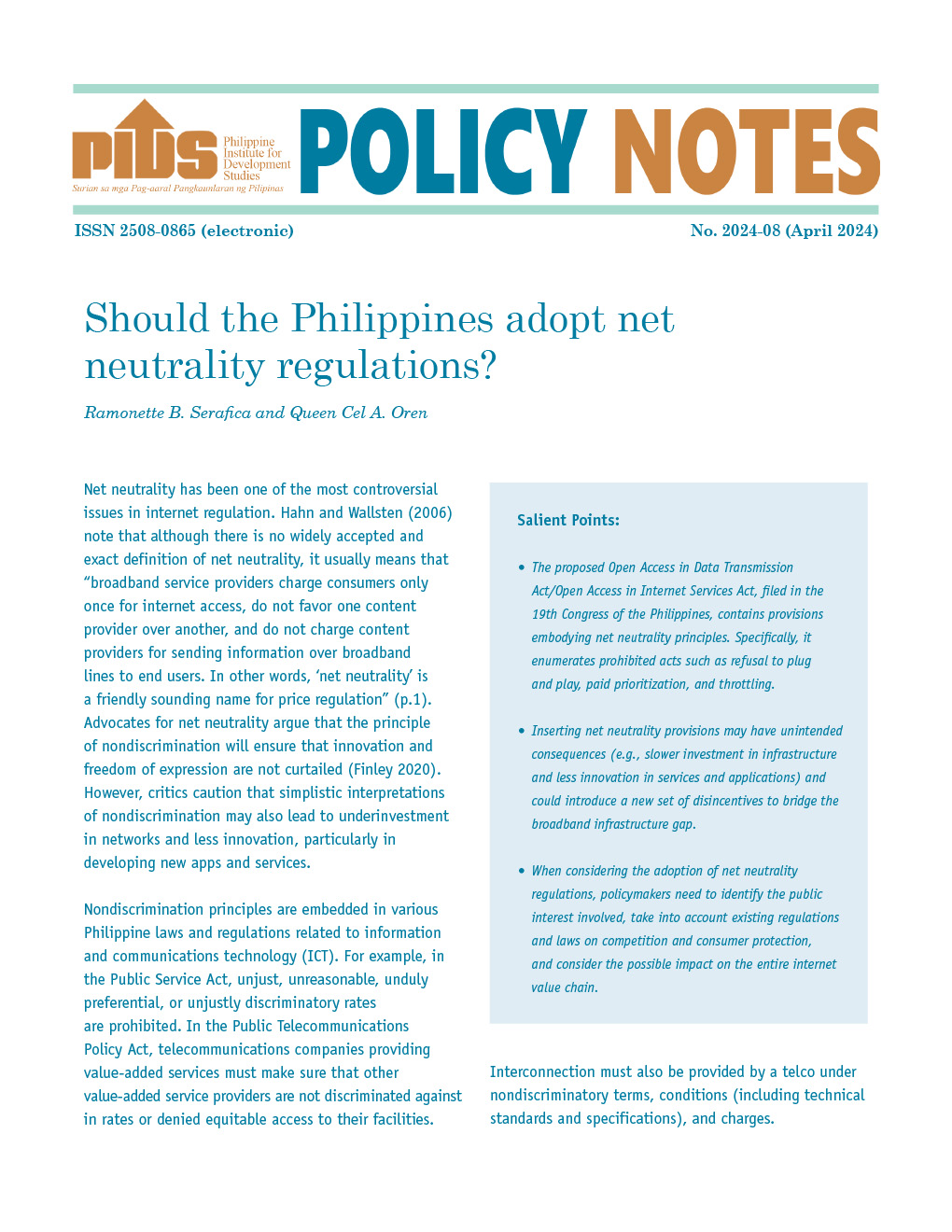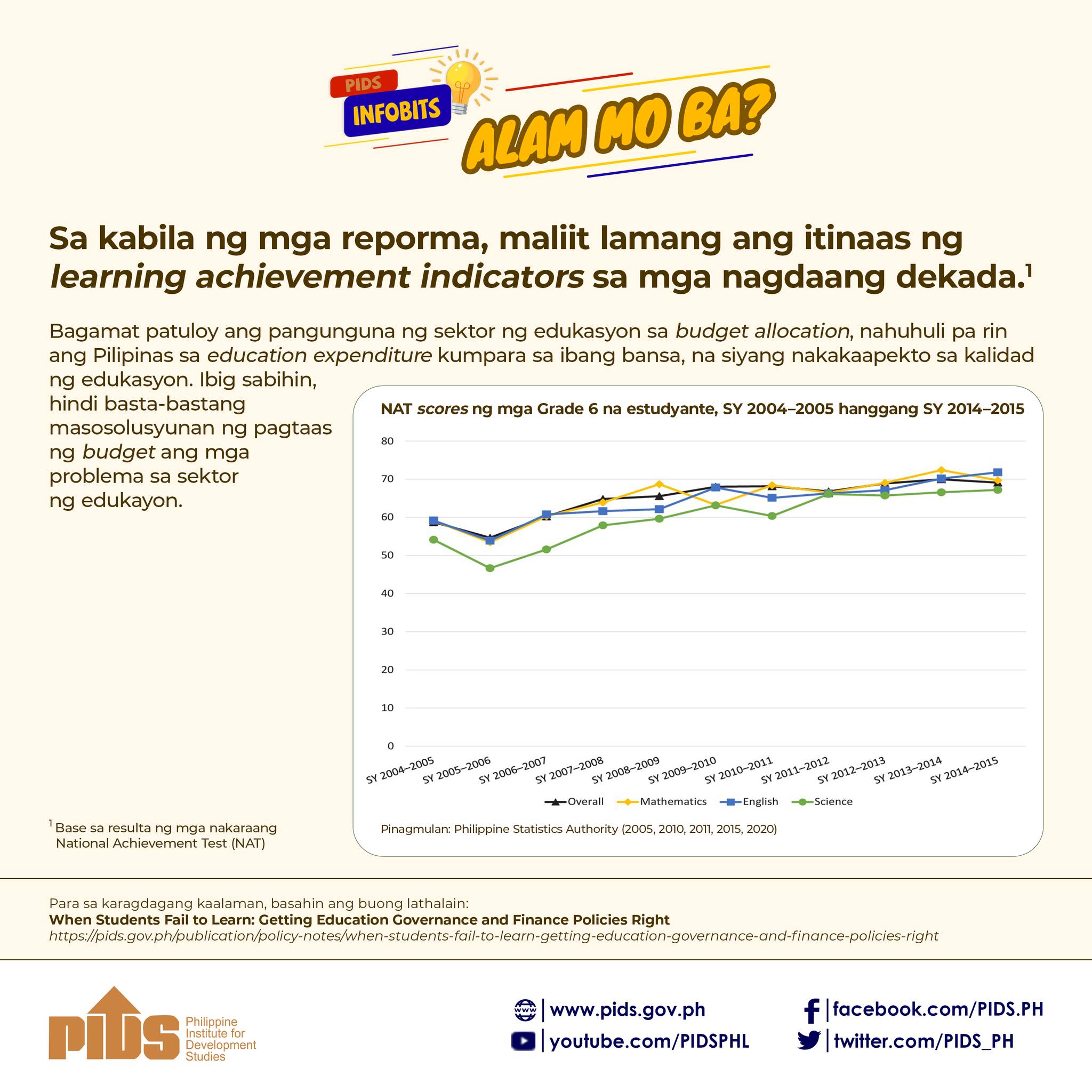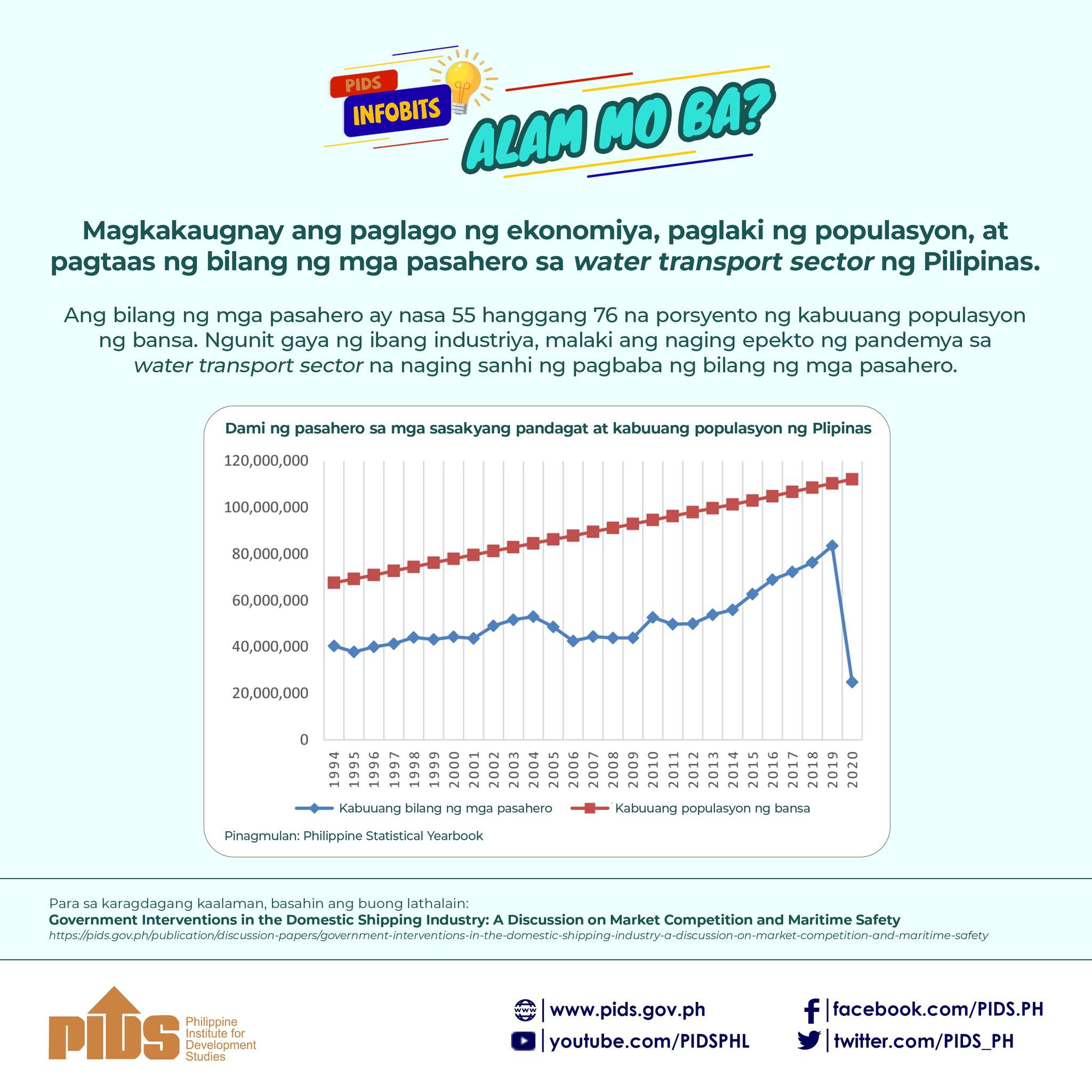The Marcos administration is following in the footsteps of the previous regime when it comes to firming up the infrastructure thrust—a move seen to generate thousands of jobs and economic opportunities as the country continues to heal from its pandemic scars.
Most recently, National Economic and Development Authority Secretary Arsenio Balisacan shared that the government was lining up 3,700 infrastructure projects worth a combined P15 trillion in the next five years. About 98 projects worth P3 trillion were identified for potential public-private partnership (PPP) ventures.
Balisacan said the Marcos administration was pushing for PPP because supporting employment requires a significant amount of investments, which can be augmented by private sector players.
“The private sector should definitely play a bigger role in pursuing the administration’s infrastructure projects, given our limited fiscal space and high inflation,” Infrawatch PH convenor Terry Ridon tells the Inquirer.
As of end-2022, the country’s debt-to-GDP (gross domestic product) ratio reached 60.9 percent, lower from 63.7 percent in September 2022 and 62.1 percent in June 2022, but still above the 60 percent that is deemed sustainable. A high debt-to-GDP ratio may put pressure on the country’s ability to pay back its obligations.
Inflation, meanwhile, climbed to 8.7 percent in January from 8.1 percent the previous month. This was the highest since 9.1 percent in November 2008.
Ridon says that the “government resources should be used to help marginalized families survive the impact of high commodity prices.”
True enough, the government is imploring the aid of the private sector to realize the massive infrastructure projects that seek to improve the connectivity and mobility of the Filipinos.
Wanted: Infra expertsThe Department of Transportation (DOTr) recently inked transaction advisory service agreements with the Asian Development Bank (ADB) to fund potential private sector partners in three big ticket-infrastructure projects.
These are the Ninoy Aquino International Airport (Naia) modernization and the operation and maintenance (O&M) of the Metro Manila Subway project and the North-South Commuter Railway (NSCR).
“The three transaction advisory service agreements we sign today will allow us to fast-track the completion of our ongoing big-ticket rail projects and the much-needed improvement in our country’s main airport,” Transportation Secretary Jaime Bautista said during the signing ceremony held last month.
Under the deal, the ADB will advise DOTr on the modernization and capacity expansion of the country’s main gateway, which has been under scrutiny due to operational inefficiencies. The agreement takes effect from the date of signing until 36 months after or when a partner has been chosen.
The agreement scope includes “financing, improvement, expansion, operation and maintenance of the airport facilities.” ADB will also provide an updated traffic study and market sounding; assistance in preparing bidding and tender documents; and aid in finalizing concession agreement, among others.
The Transportation department earlier already shared its plans to privatize the O&M of Naia—which was previously tagged as one of the most stressful airports in Asia—in a bid to improve its operations. For both railways, ADB will prepare and conduct market consultations; assist in discussion with key stakeholders, as needed; and facilitate capacity building, among others.
The subway project is a 33.1-kilometer (km) underground railway system linking Valenzuela City to Pasay City. The 147-km NSCR, meanwhile, will run from Pampanga to Laguna. “Our optimism at the early completion of multiple transport projects is fueled by the valuable assistance extended by ADB,” Bautista says.
Up for grabsAmong the key projects previously identified for PPP were regional airports in Bohol, Laguindingan, Bicol, Iloilo, Puerto Princesa, Davao, Bacolod, Kalibo, Busuanga and Siargao. The DOTr wants private sector companies to help them upgrade these gateways amid the growing demand for air travel as mobility restrictions ease.
Bautista, in an interview with the reporters, says they have been assessing unsolicited proposals for these airport projects, adding the agency has received one for the Laguindingan airport.
Moving forward, the transport chief expects more interest coming from the private sector.
Bautista says they have been “addressing the air connectivity needs of Filipinos by increasing airport terminal building capacity and improving airport facilities by applying technology solutions.”
Meanwhile, two regional train projects—Mindanao Railway Project Phase 3 and the San Mateo Railway Project—are starting to materialize after securing P100-million funding each for their feasibility studies. These will determine the alignment of the railways, number of stations and other deliverables.The proposed 54.8-kilometer (km) Northern Mindanao segment of the Mindanao Railway System railway project links Cagayan de Oro to Laguindingan and Villanueva, Misamis Oriental. The entire Mindanao Railway spans 1,544 km, which seeks to support connectivity across major cities such as Davao, General Santos, Cotabato, Zamboanga and Surigao.
The San Mateo project, meanwhile, is a 17-km railway connecting Light Rail Transit Line 2 to San Mateo and Rodriguez, Rizal. The train system is designed to have six stations.
“Once the project studies are completed, the projects will be submitted for the approval of the Investment Coordination Committee to confirm their viability for PPP implementation,” the PPP Center of the Philippine says.
In a virtual event, Transportation Assistant Secretary for Planning and Project Development Leonel De Velez says more railway systems are needed in the countryside to support both passenger and cargo movements.
Only 14 out of 81 provinces, or 17.3 percent, have operational or investment-approved inter-regional railways. This is markedly lower compared to the country’s neighbors Vietnam (41.3 percent), Thailand (55.3 percent) and Japan (97.9 percent).
“Perhaps a third of our provinces should have railway systems,” De Velez suggests.
Think long-term
A discussion paper by the Philippine Institute for Development Studies (PIDS) calls for a long-term plan to improve the rollout of infrastructure projects in the country.
“A long-term national transport infrastructure plan that is legislated can improve the stakeholders’ anticipation of future implementation activities and help in the orderly preparation for land use requirements, right-of-way (ROW) procedures, financing options exploration and structuring, management of political interests, and capacity building of implementors,” it explains.
ROW issues, along with funding, are among the common concerns by the contractors, which cause delays in the construction of the infrastructure projects.
Taking such actions are imperative as the country “continues to suffer from inadequate and poor quality road and rail transport infrastructure,” according to the PIDS study.
In addition, Infrawatch urges the government to make it easy for the private sector to participate in the PPP projects.
“Government should encourage private sector participation by reducing the number of required permits in both national and local governments, essentially reducing red tape,” Ridon says.
“More importantly, it should foster a fully competitive environment in which only the best proposals win infrastructure bids, such as those offering the most competitive rates and those with clear commitments to good governance, and social and environment compliance,” he adds.












